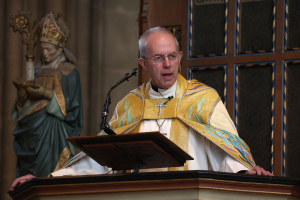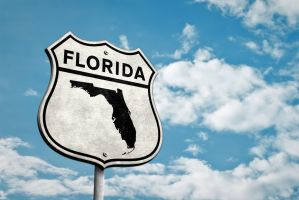'Gosnell Effect' Shows Why Roe v. Wade Won't Survive
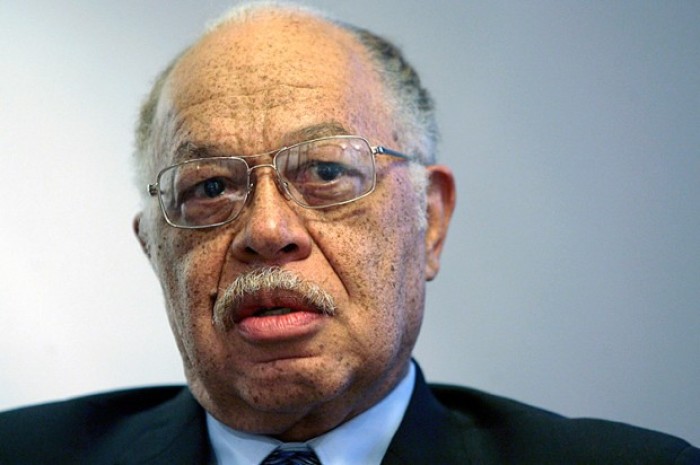
Sunday marked the 44th anniversary of the Roe v. Wade Supreme Court decision that legalized widespread abortion in the United States. Since then there have been over 50 million abortions in the United States.
Until recently most people would have believed that it was going to be impossible to reverse.
As America has become more liberal — it was thought the population would become more accepting of abortion — and it would be a permanent part of the American experience.
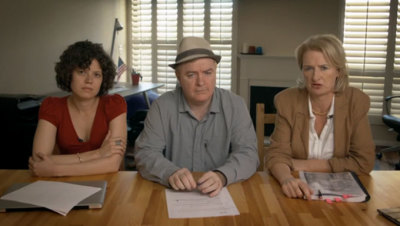
But suddenly these calculations have changed. We probably have the most pro-life president ever — with a pro-life Republican Party controlling Congress. And then there is the Supreme Court — probably just a few Trump appointments from overturning Roe v. Wade or at the very least severely restricting abortion.
And perhaps most surprisingly, poll after poll has shown Millennials to be the most pro-life generation in America. The young may be more liberal in many areas but they are rejecting their parents' and grandparents' acceptance of abortion.
How did this happen? Roe v. Wade was passed 7-2 by a court that probably reflected popular sentiment. Now this same law is dependent on several 80-somethings surviving for 4 or perhaps 8 years. Abortion has a tenuous hold on America.
New technology and social media have so much to do with this change. Younger people are the first sonograph generation. They have grown up and become adults looking at sonograms of their siblings or their friends babies. It has now become very, very difficult to spin the old story that a baby in the womb is not a baby.
Many in the early days after Roe genuinely thought abortion was about removing a clump of cells — they believed what abortion advocates told them about the procedure. More importantly, they believed what journalists and the media, who were overwhelmingly pro-choice, told them about abortion.
But that was then and this is now. And we have sonograms on every refrigerator so that people can see just what a 12, 24 and 30 week old baby looks like. As technology has improved people are realizing that babies at 23, 24 and 25 weeks and older are being aborted in one part of a hospital while doctors are successfully keeping them alive in the premature baby wing of the same building.
The destruction of the mainstream media means that people — particularly young people, are no longer getting their news from an exclusively pro-abortion slant. They are reading alternative news sites or are finding out their own information — going straight to the source — looking at the pictures and the testimony without filters. They are not liking what they find and it is making them increasingly anti-abortion.
We call this the "Gosnell effect" after what happened to people, many of them firmly pro-choice, after they sat through the trial of the Philadelphia abortionist Dr. Kermit Gosnell.
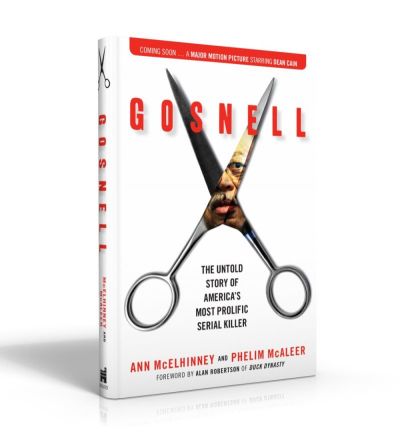
The details of the Gosnell case were horrific — we expose the full extent of Gosnell's atrocities in our upcoming book Gosnell: The Untold Story of America's Most Prolific Serial Killer.
He was convicted of performing late term abortions where the babies were often born alive. He would then kill the babies by stabbing them in the back of the neck and cutting their spinal cord with scissors. Gosnell ran a house of horrors and is thought to have killed hundreds perhaps thousands of babies in a 30 year killing spree. ABC News described him as "America's most prolific serial killer."
The trial challenged the assumptions of most of the pro-choice people who sat through it.
And interestingly it wasn't the evidence of Gosnell's murders that they found most troubling. The lawyers, jurors and reporters we spoke to were all rattled by prosecution witnesses and evidence that was supposed to show what a "good" abortion was.
It was the industrial scale of the abortion industry that shocked the jury first. They gasped (the only time during this horrific trial) when Dr. Charles Benjamin, a veteran abortion doctor, stated he had performed over 40,000 abortions.
Then Dr. Karen Feisullin was called to describe what a legal abortion looked like. She described "tools going up into the uterus and basically pulling parts out . . . an arm or a leg or some portion of that".
And those were the easy, early abortions. With later procedures, the fetus was so well-formed that it couldn't be ripped apart in the uterus, Dr. Feisullin explained. It was normally removed completely intact. And then there were the photographs of fully formed babies — some of them legal abortions and others a few weeks over the time limit. These later abortions are legal in at least five states in the United States.
Asked what would happen if the baby was born alive, Dr. Feisullin explained the live baby would be covered with a blanket and given "comfort care .... You ... really just keep it warm, you know. It will eventually pass."
Steve Volk, a Philadelphia-based journalist for an alternative newspaper, who described himself as comfortably pro-choice before the trial, said that as Dr. Feisullin spoke, his fellow reporters all looked shocked and checked if they had heard correctly.
They could not believe that American law allowed doctors to let a baby die of dehydration and neglect.
One journalist, J.D. Mullane, who interviewed many of the key players, confirmed our research that the trial changed many minds.
"Almost everyone . . . who spent significant time at the Gosnell trial was less pro-choice at the end. This change was probably because they were for the first time hearing about the reality of abortion from experts under oath . . ."
"They had to tell the truth and they had to tell it in detail," he said.
Everyone we spoke to who worked on the case said those details changed their minds or made them think again about abortion. This is what's happening to millennials and an increasing number of Americans.
Roe v. Wade rests on very shaky foundations indeed.

















